John F Anderson and Joseph Goldberger first transmitted measles (rubeola) to monkeys by contact
In 1911, John F. Anderson and Joseph Goldberger first transmitted measles (rubeola) to monkeys by contact Their study…
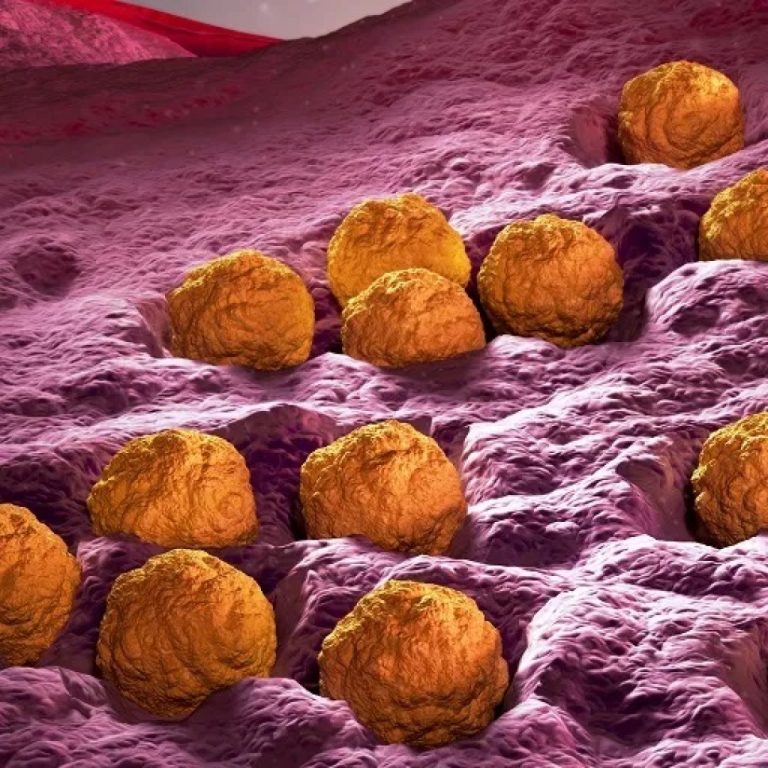
In 1911, John F. Anderson and Joseph Goldberger first transmitted measles (rubeola) to monkeys by contact Their study…
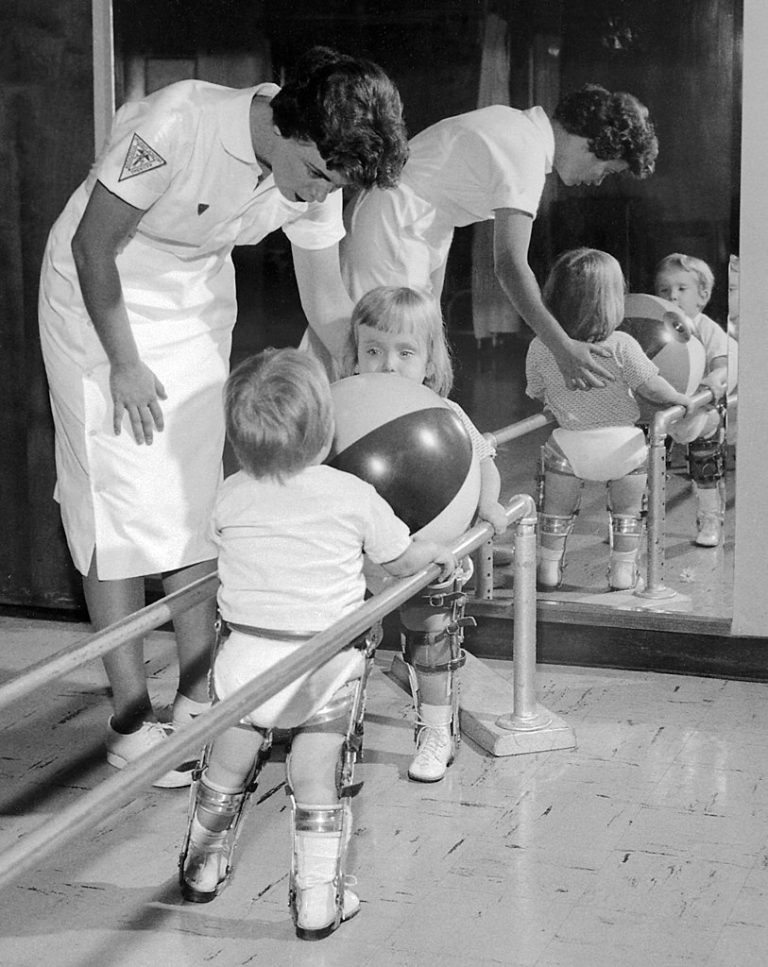
In 1908, Dr. Karl Landsteiner at the University Department of Pathological Anatomy in Vienna discovered that the cause…
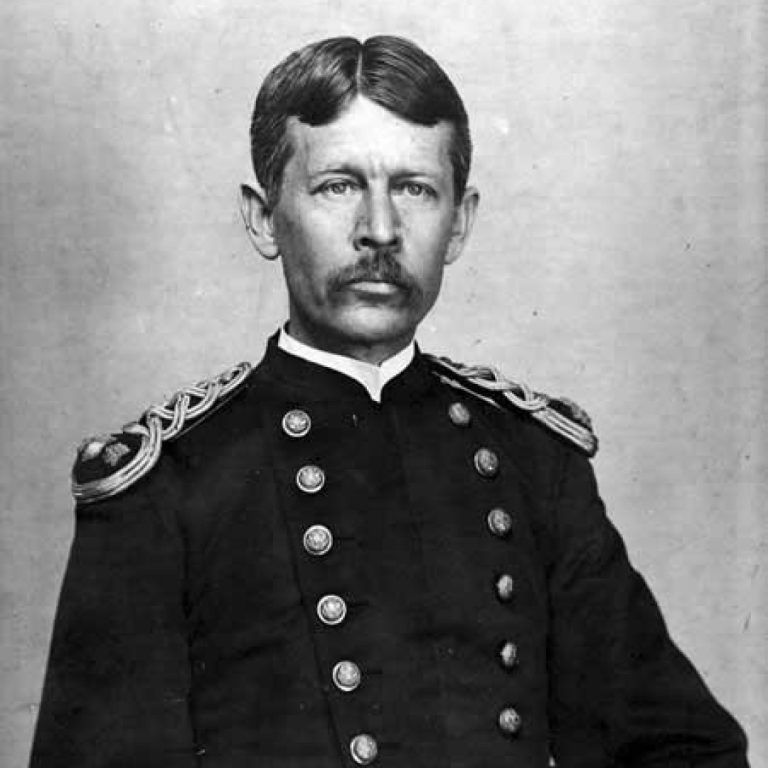
In 1900, american military surgeon Walter Reed discovered that a virus causes yellow fever, a mosquito-borne hemmorrhagic disease…
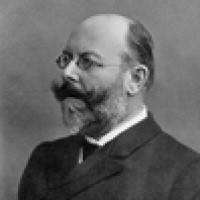
In 1899, German scientists Friedrich Loffler and Paul Frosch discovered that foot-and-mouth disease which affects cattle, swine, sheep,…
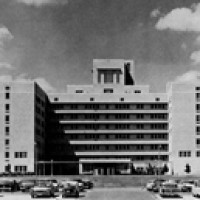
In 1883, the first vaccine-virus laboratory in the U.S. was established at the University of Missouri veterinary science…
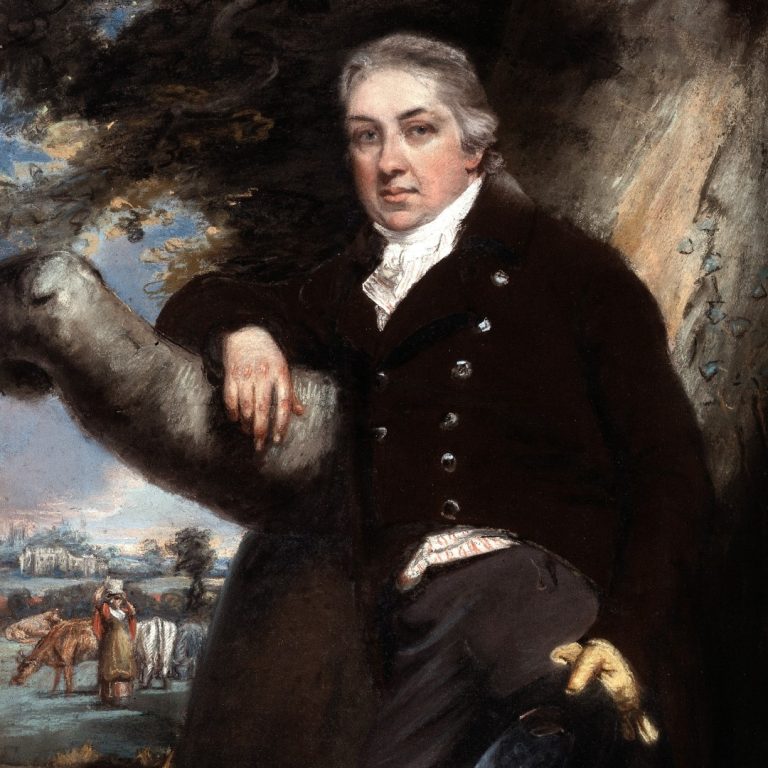
In 1798, English scientist and physician Edward Jenner coined the word virus to describe the matter that produces…
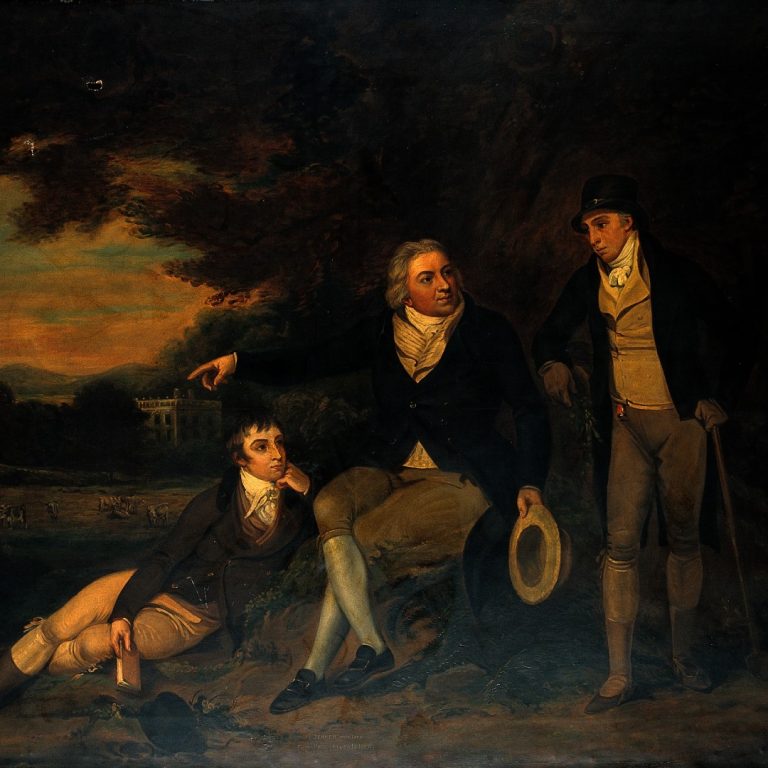
In 1798, Edward Jenner published his work on the development of a vaccination that would protect against smallpox….
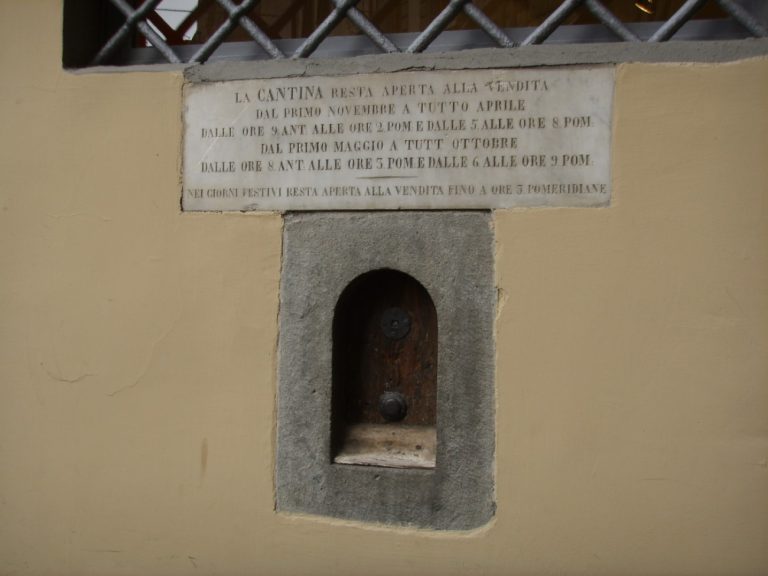
In 1634, the Florentine scholar, Francesco Rondinelli, wrote a report about a disease contagion, now known as the…